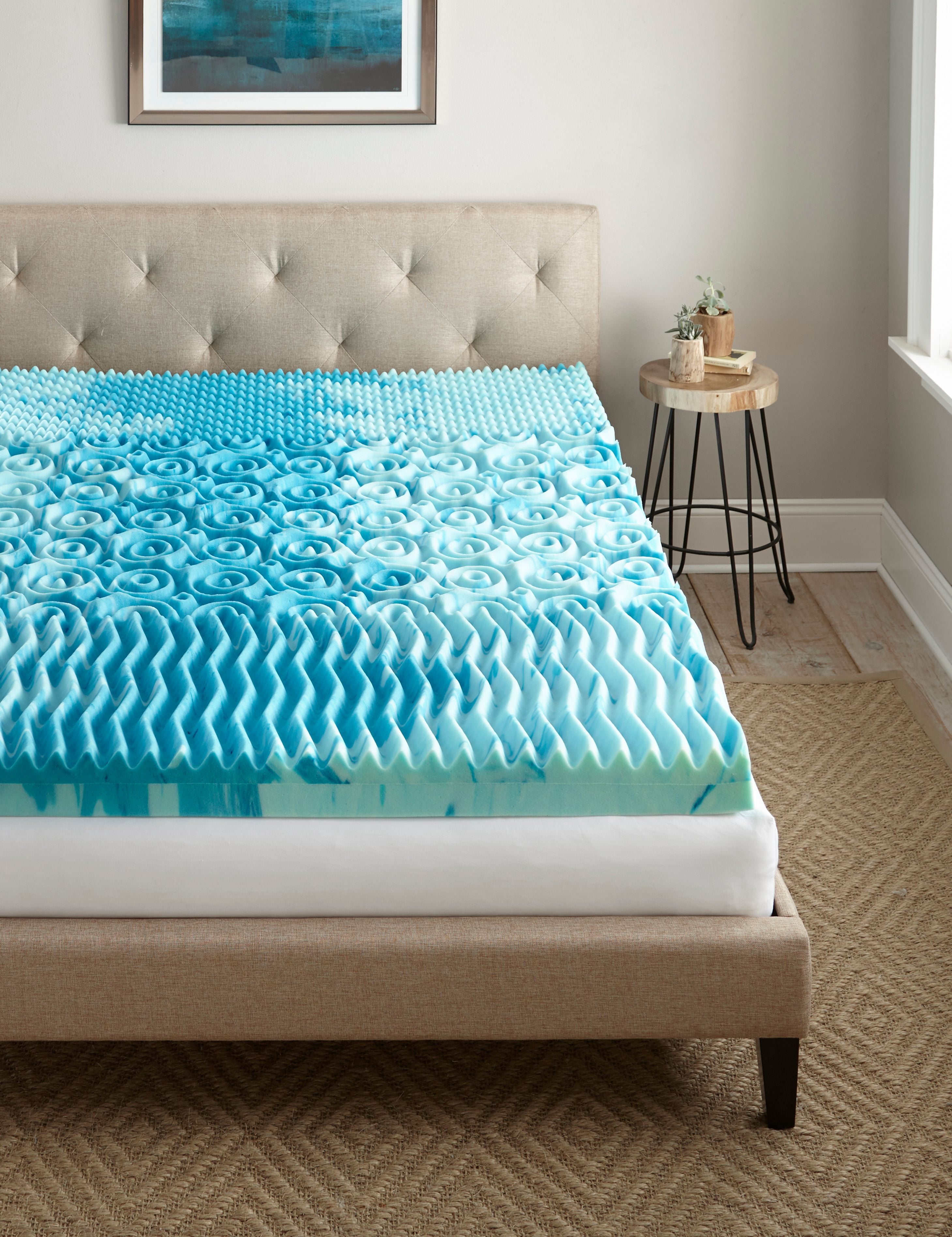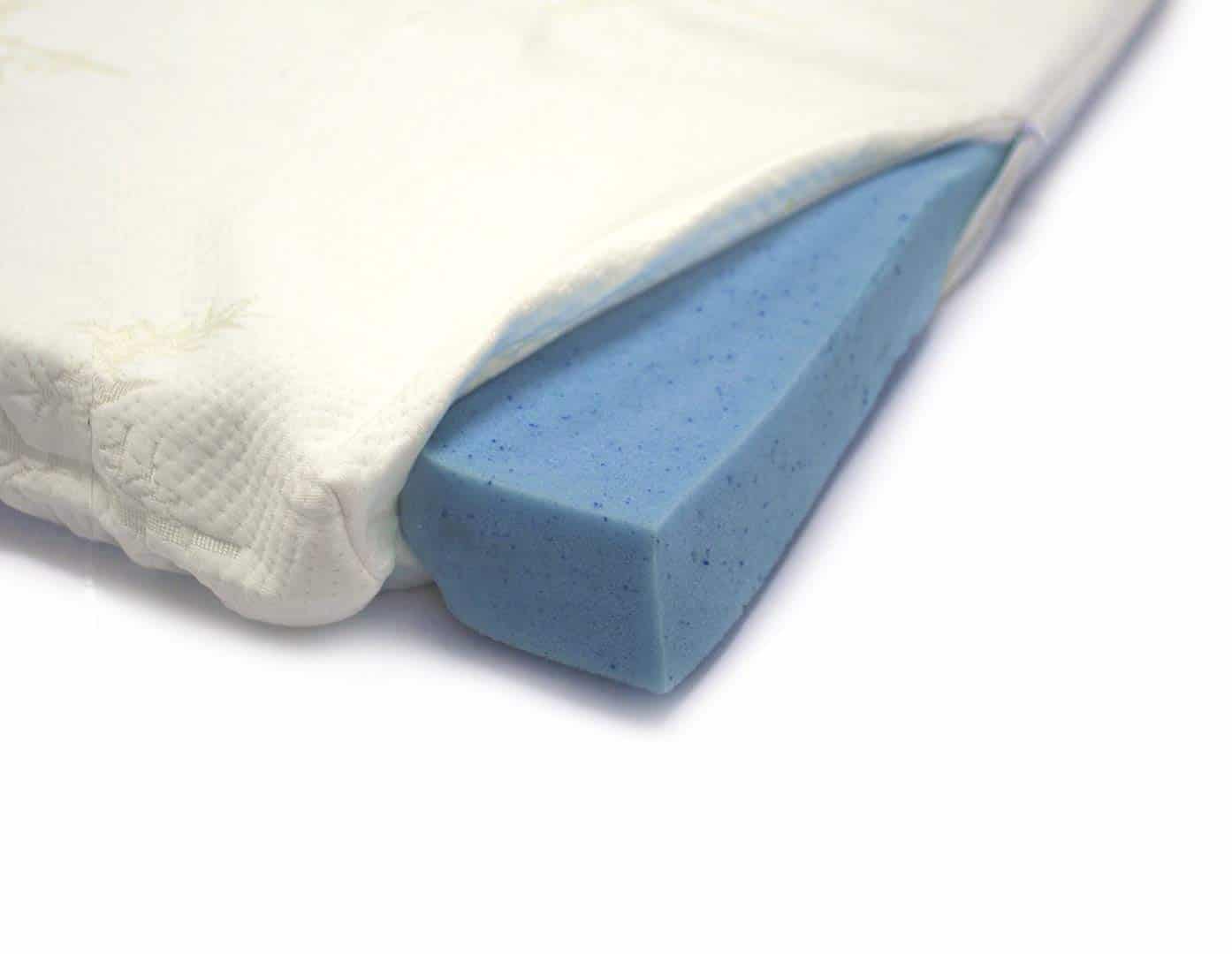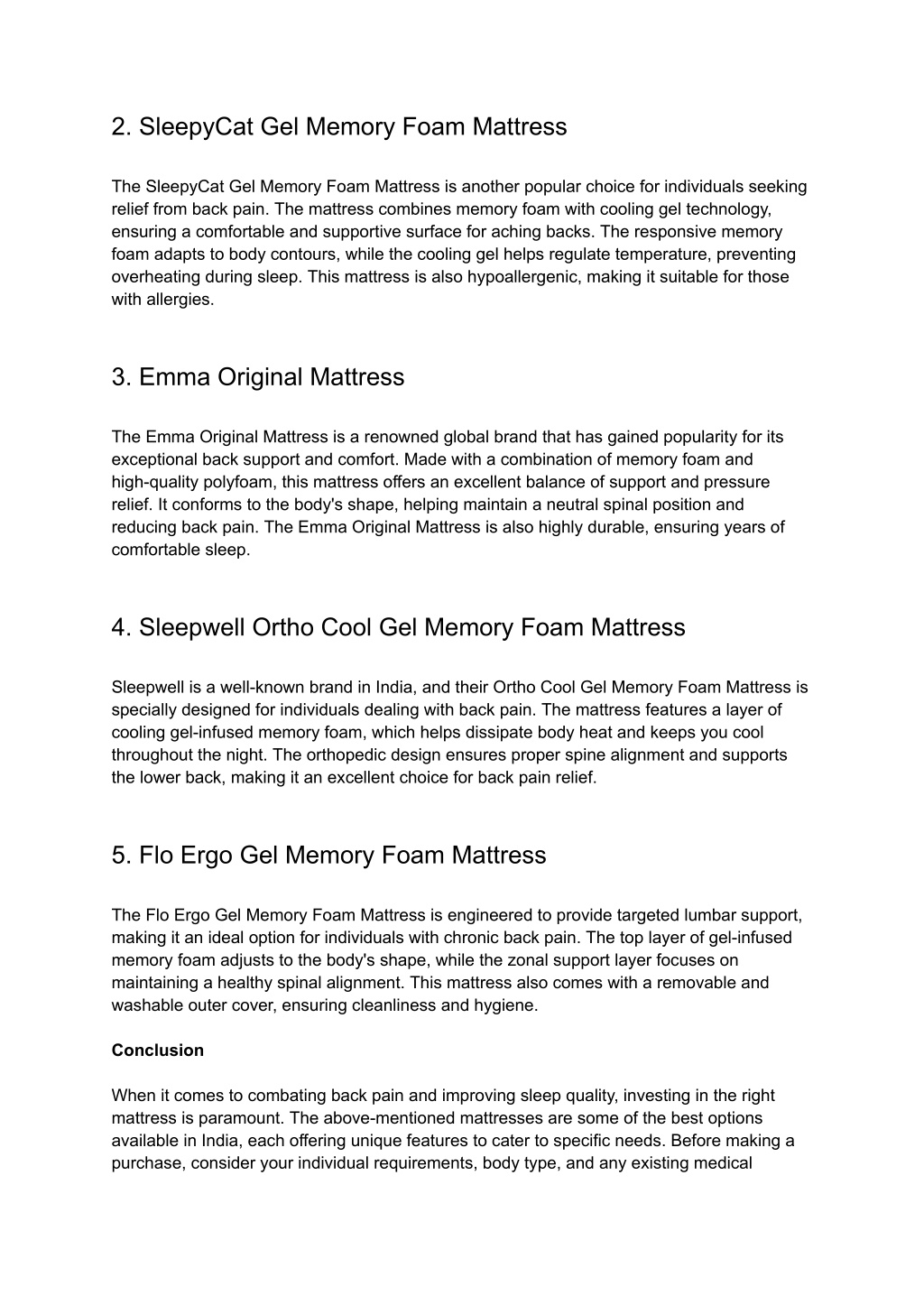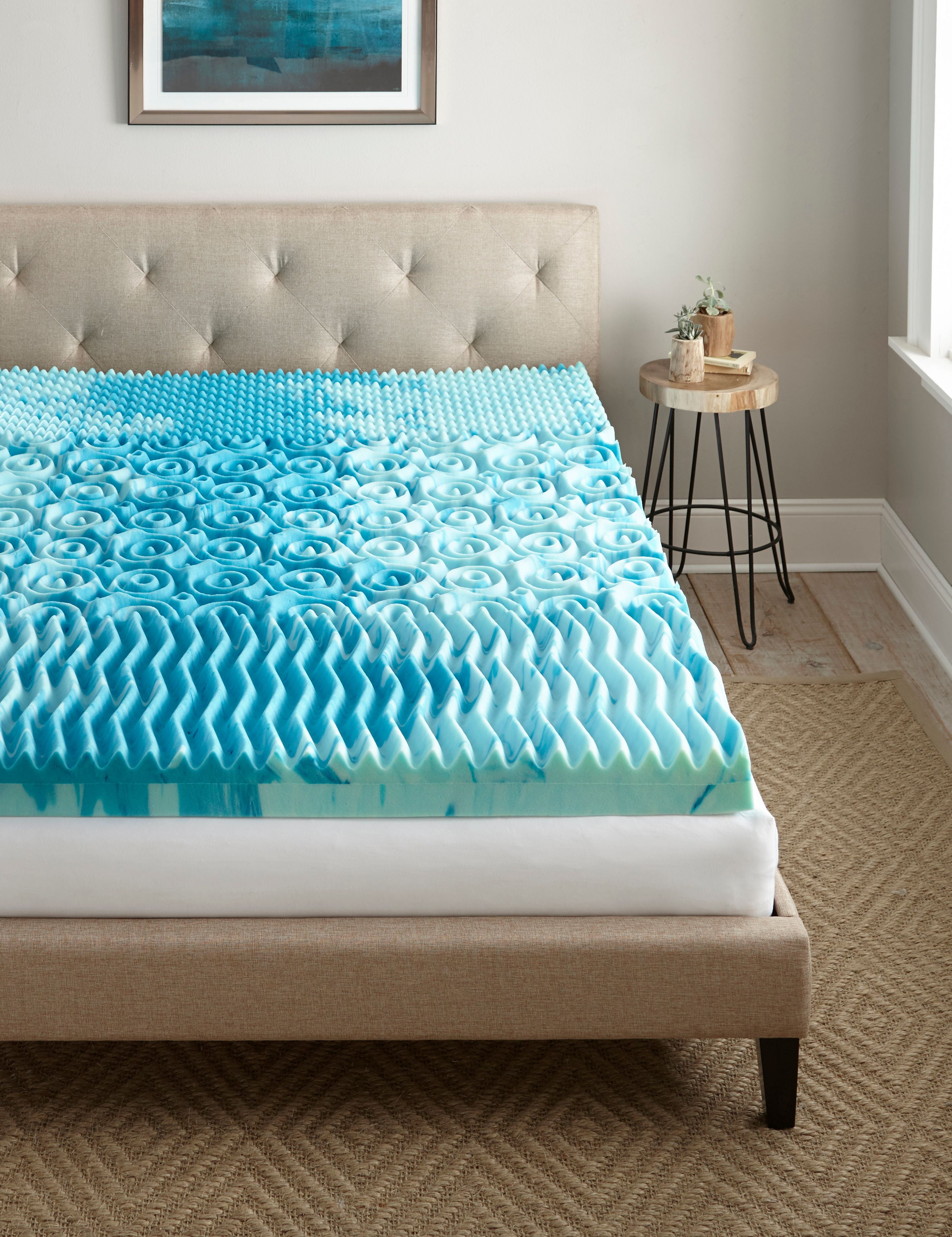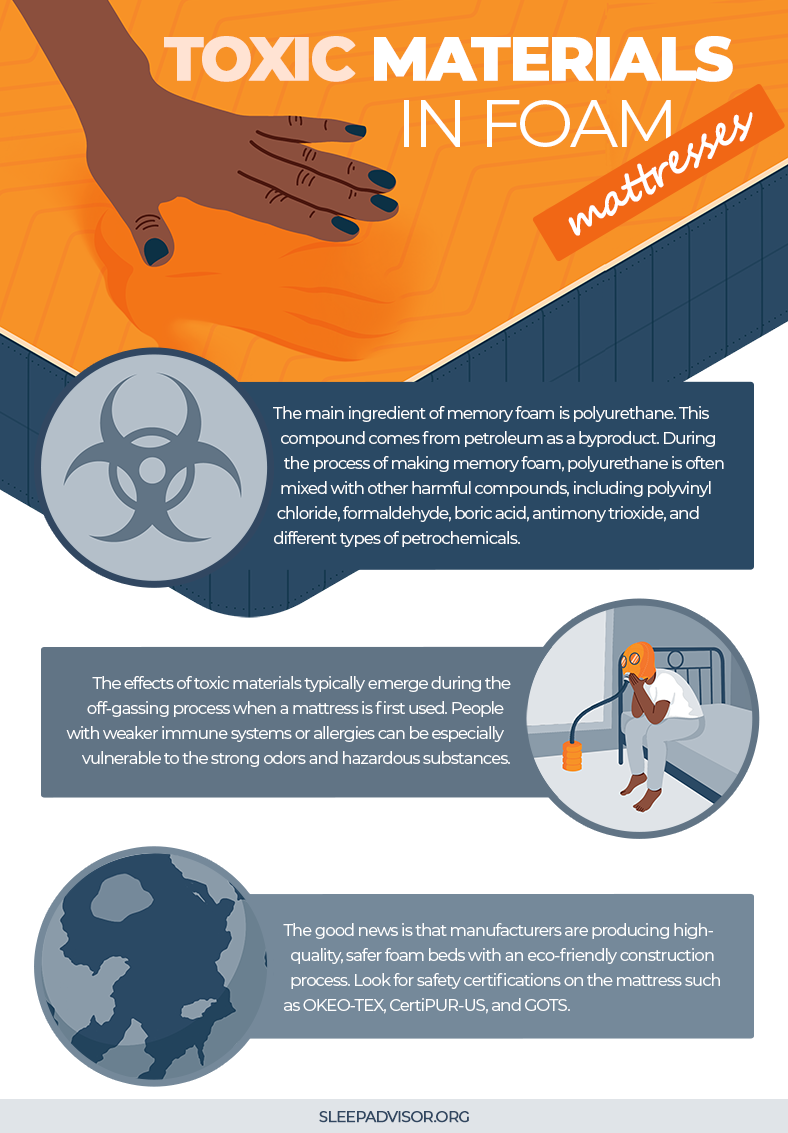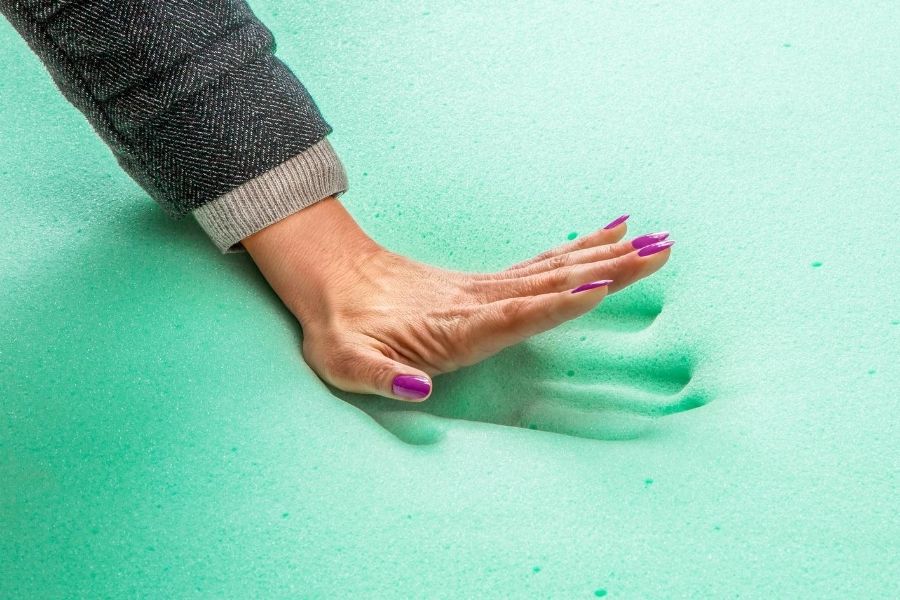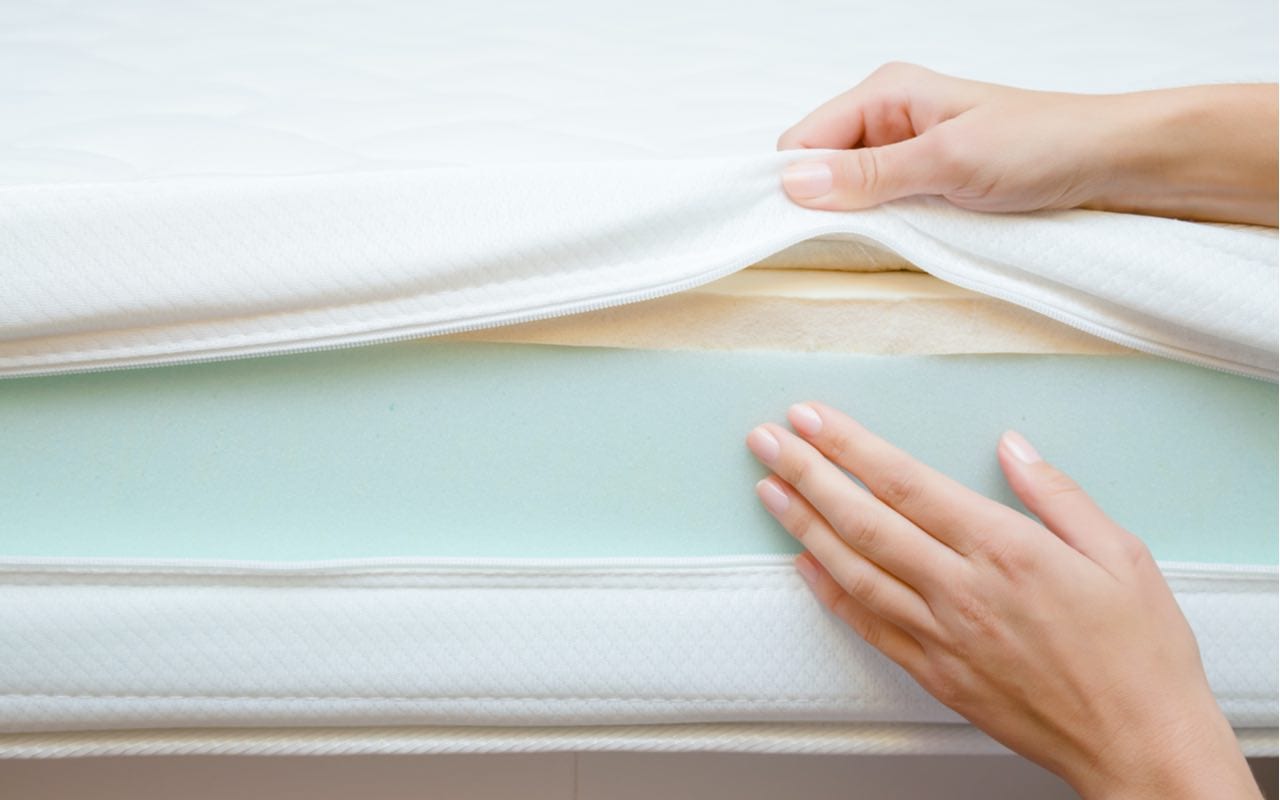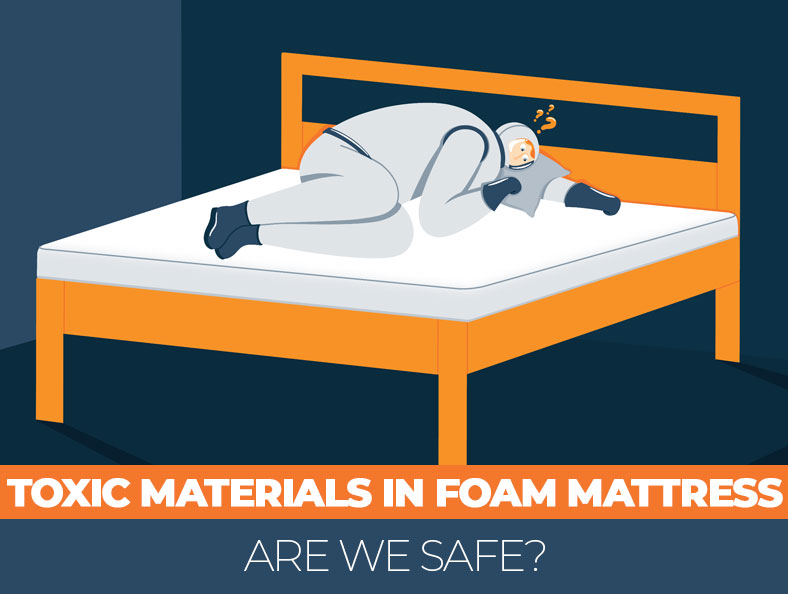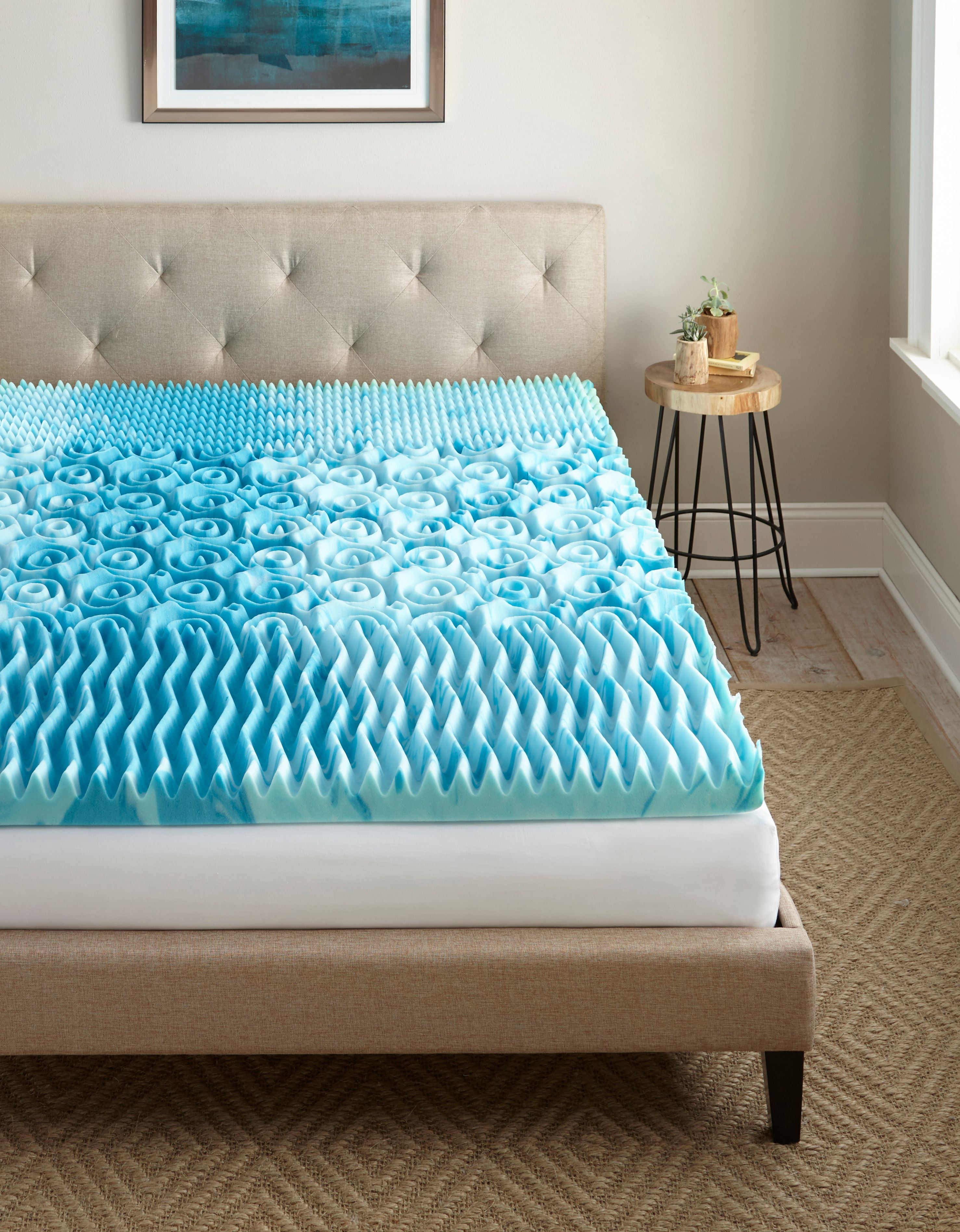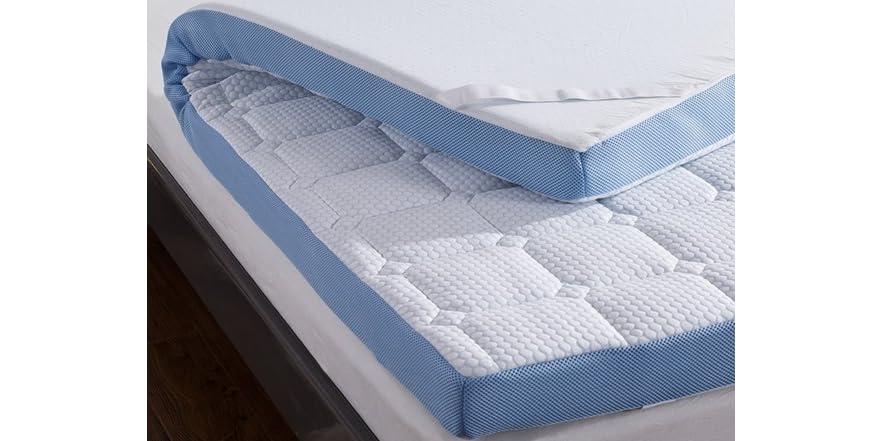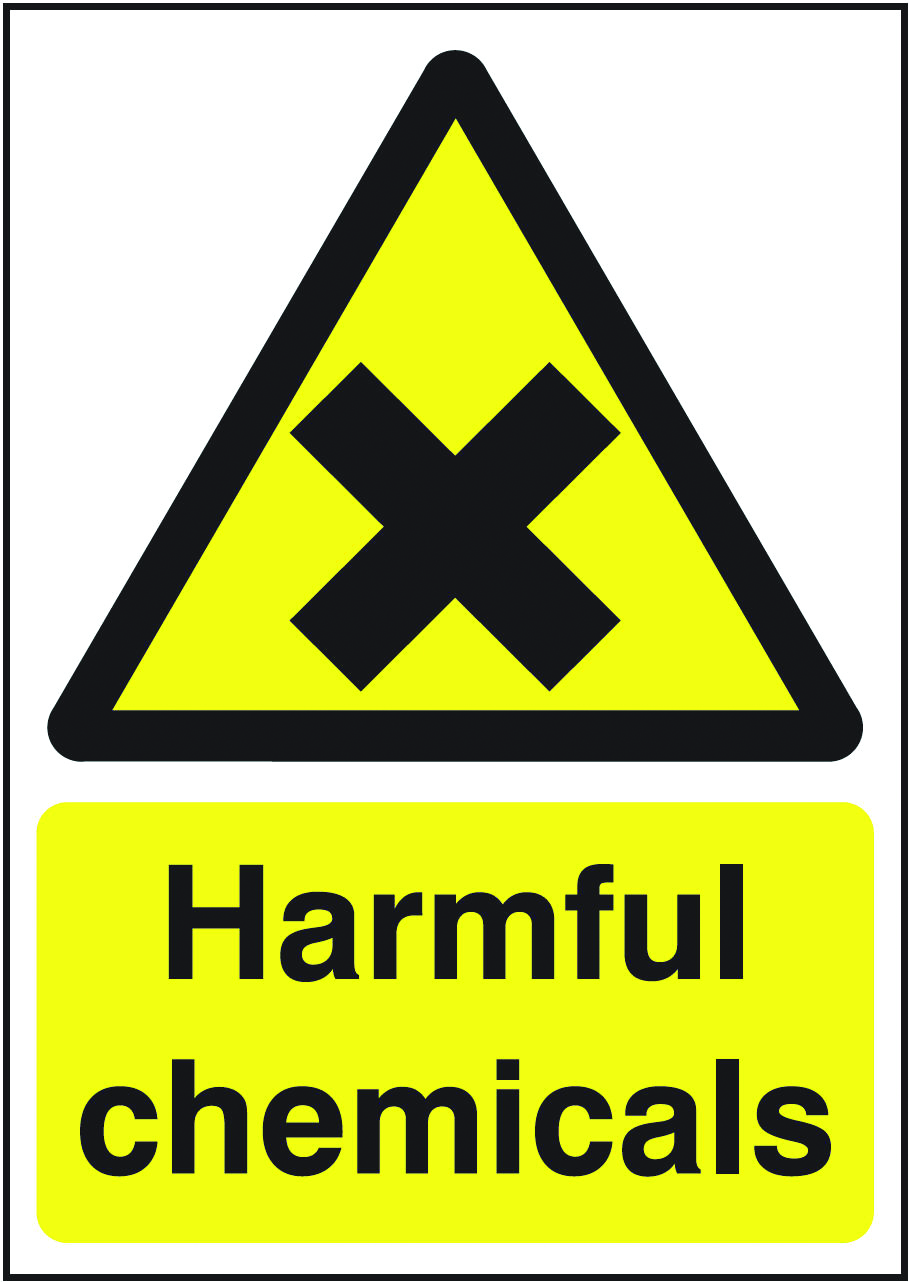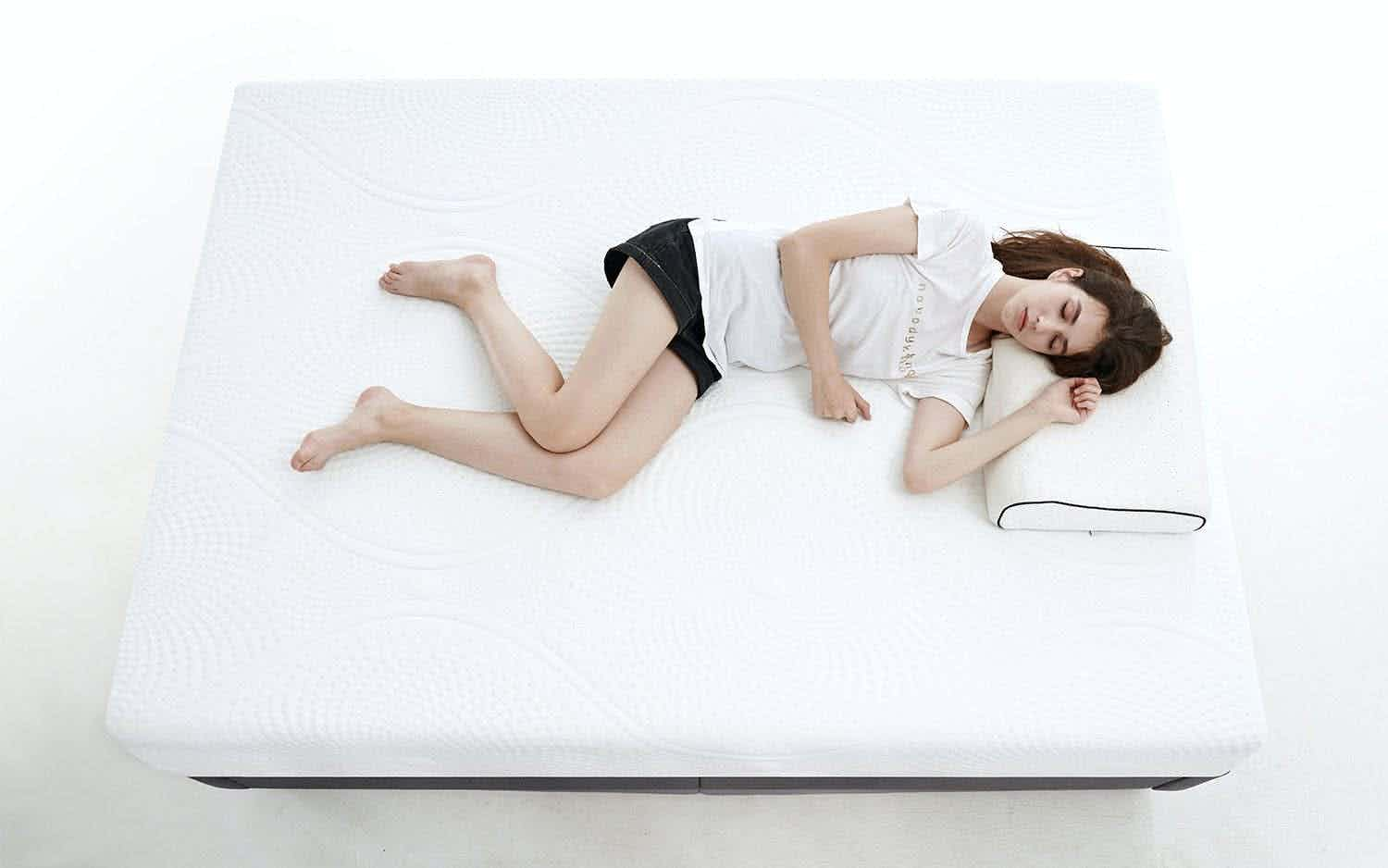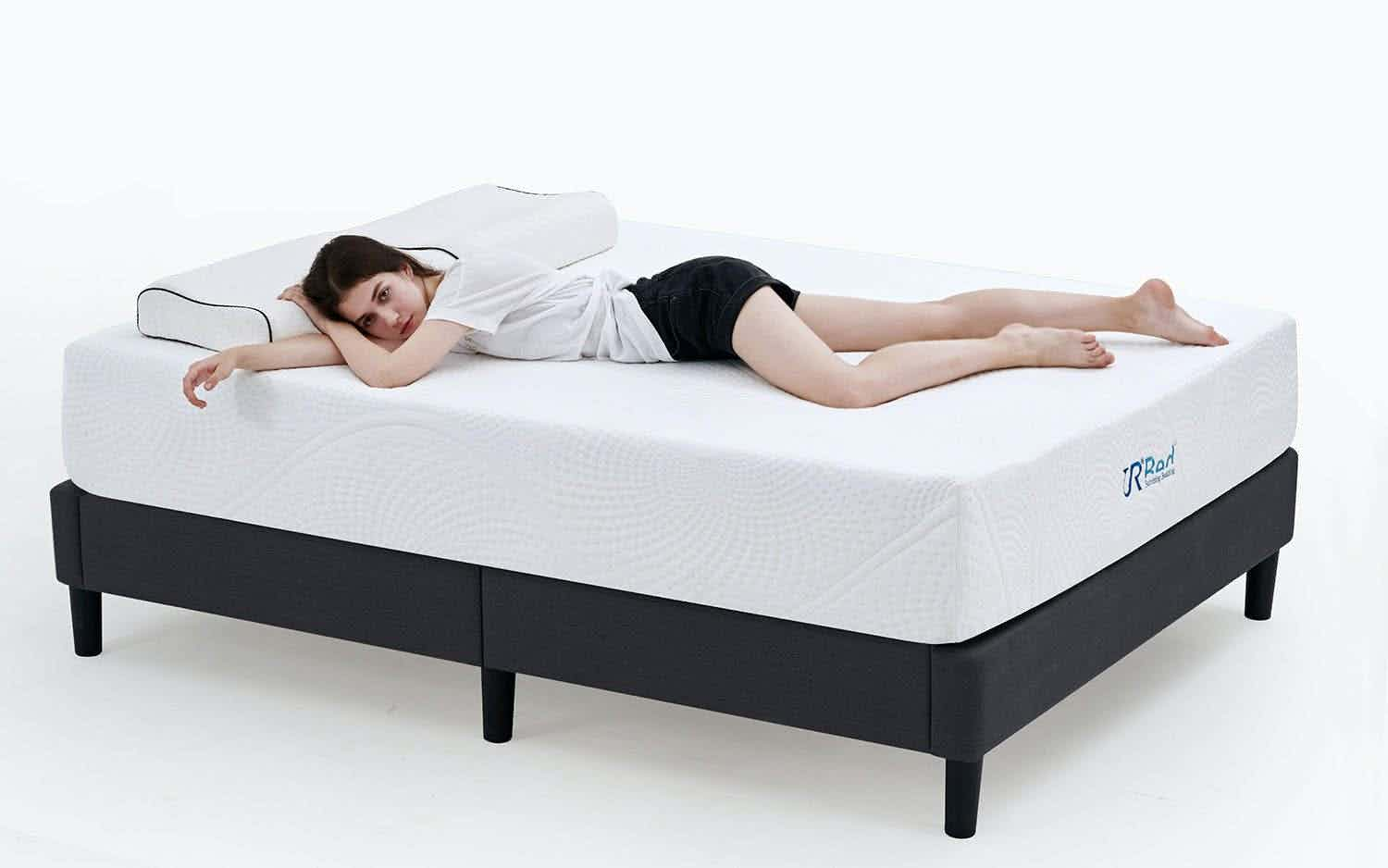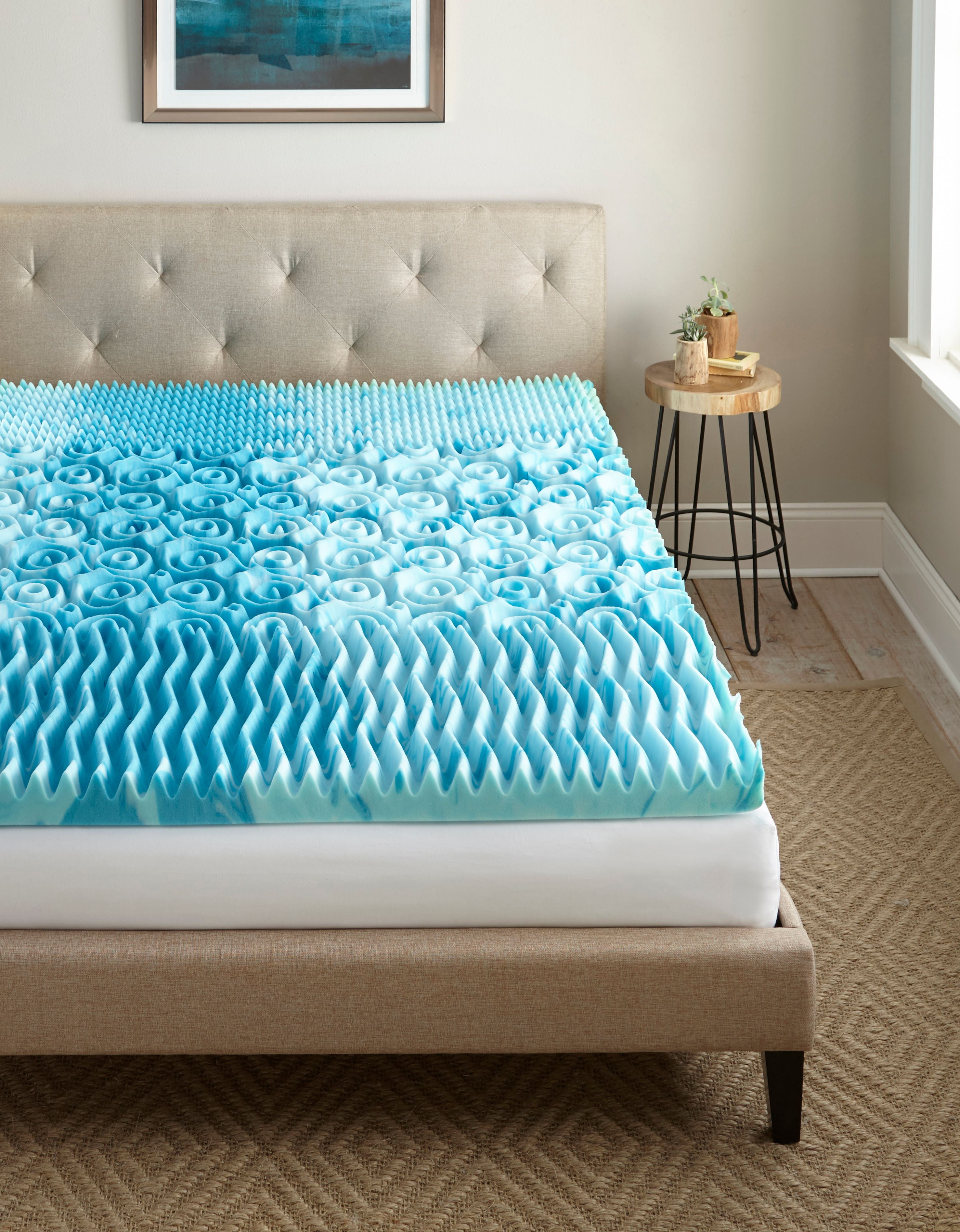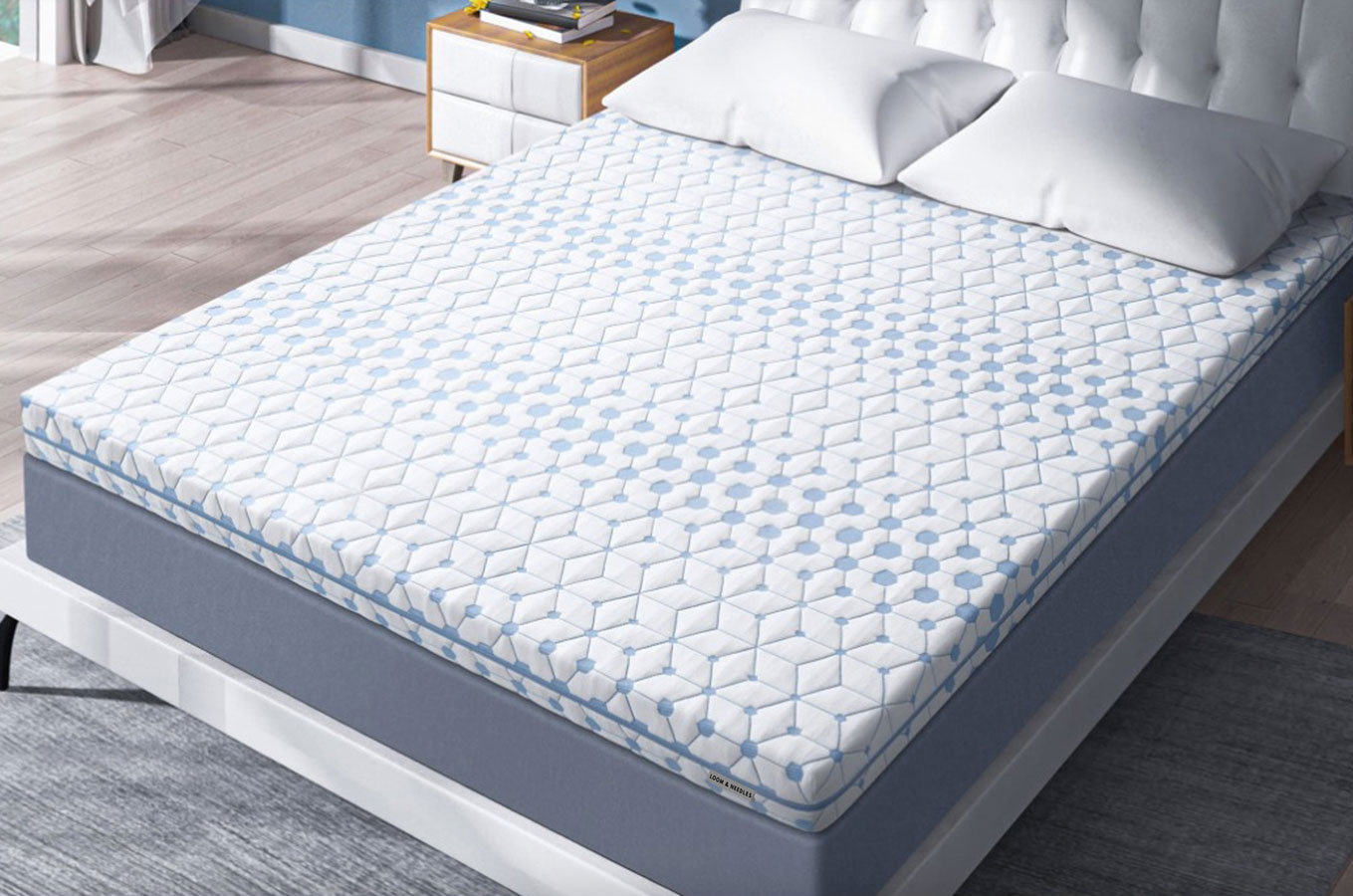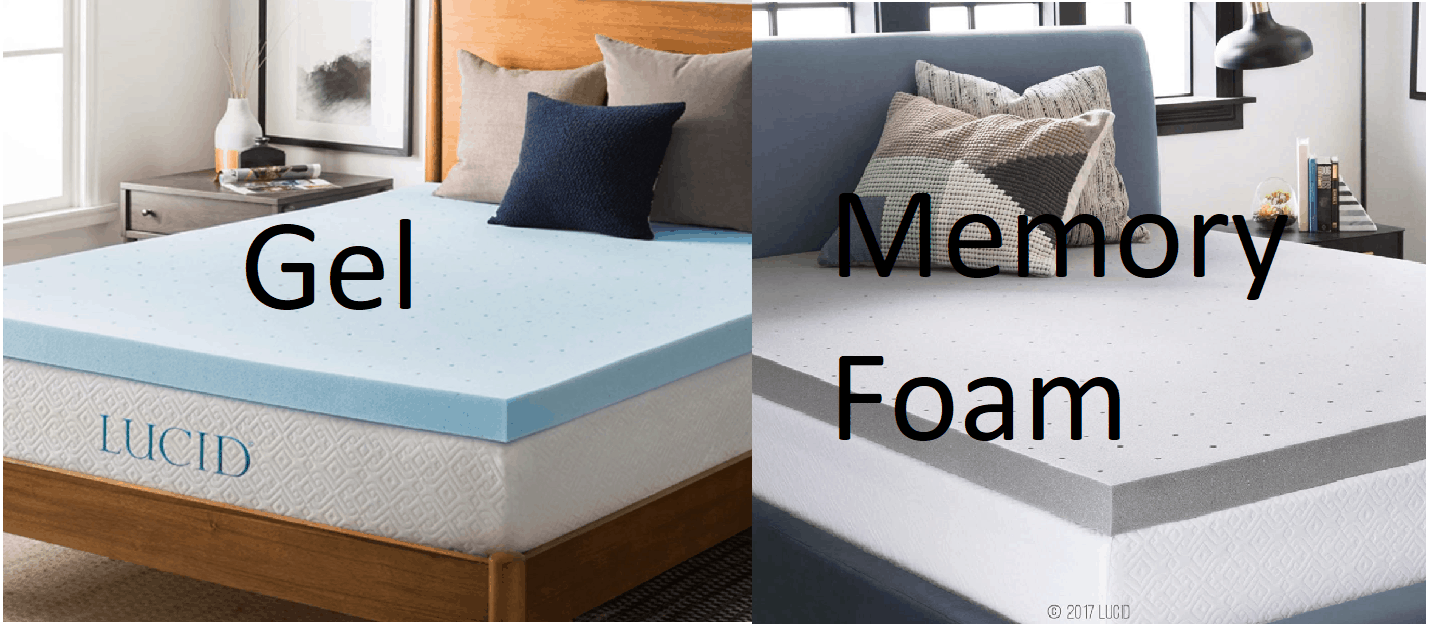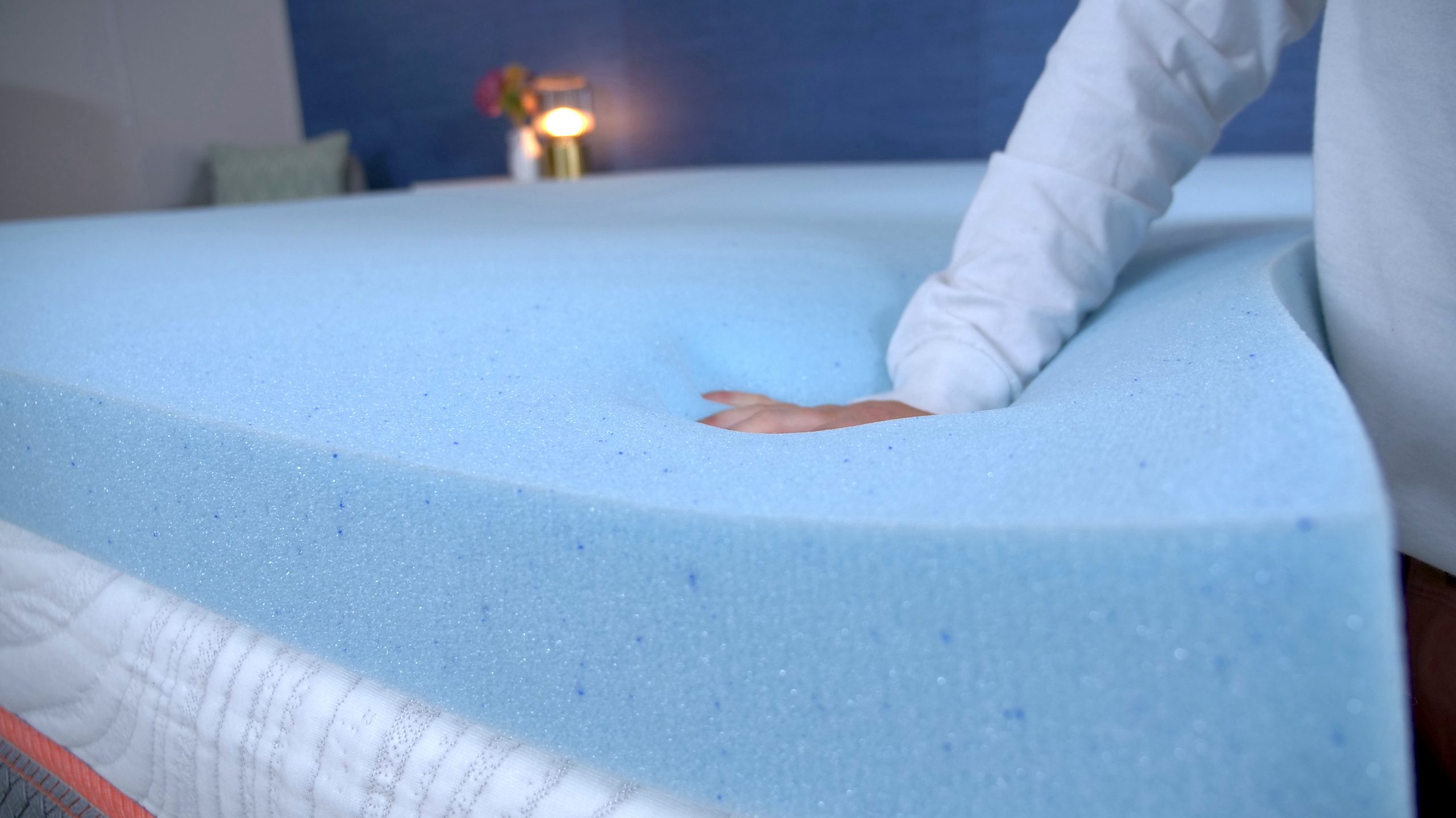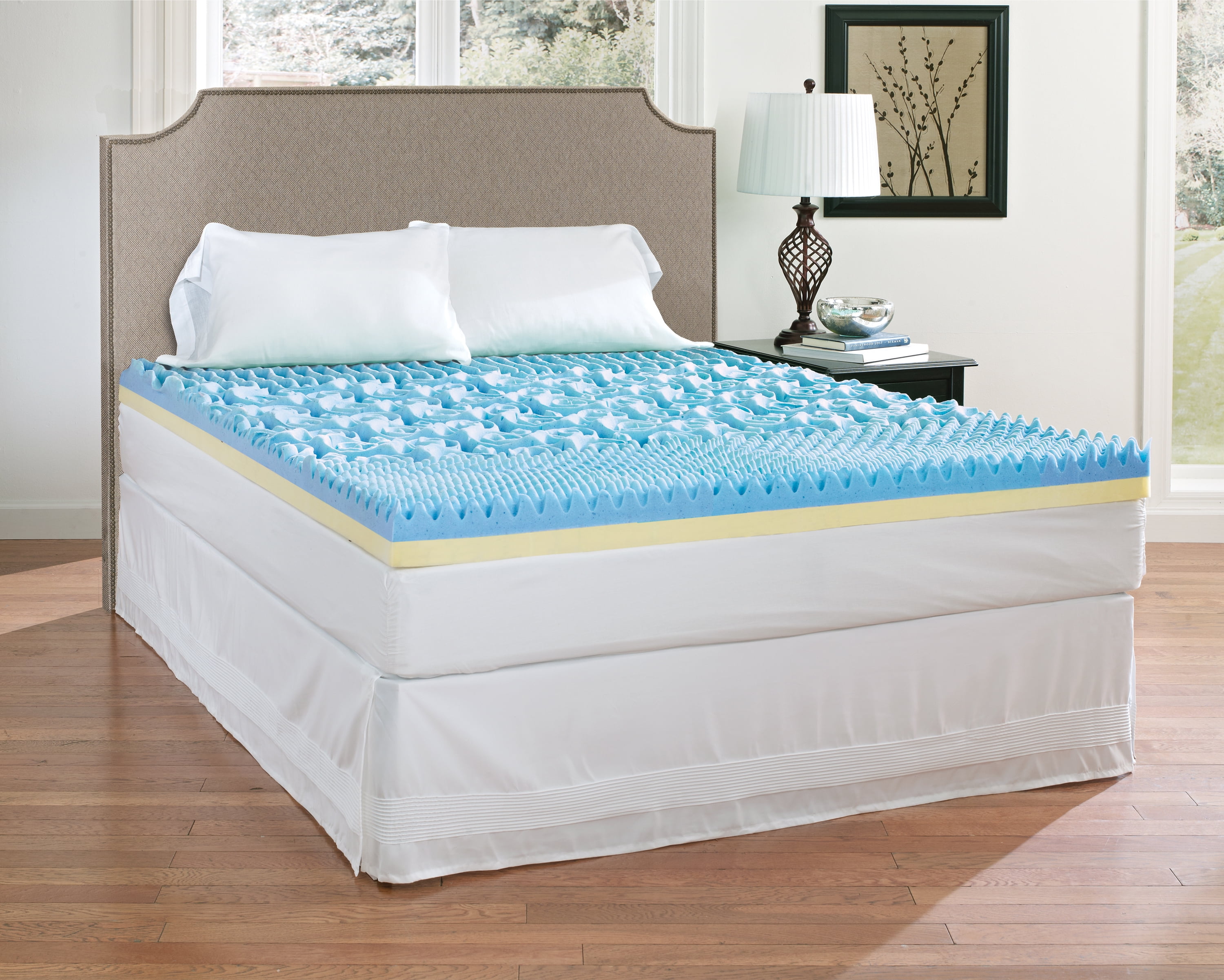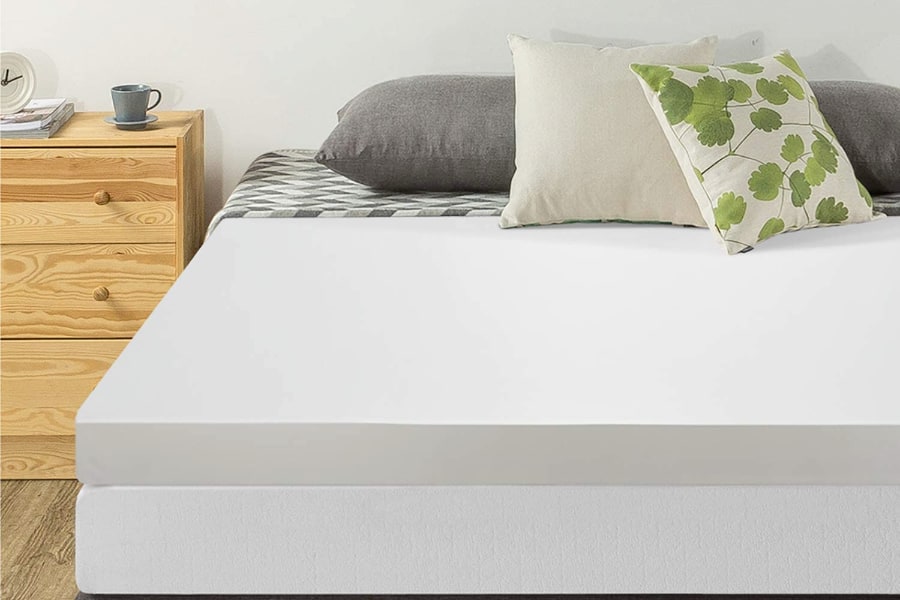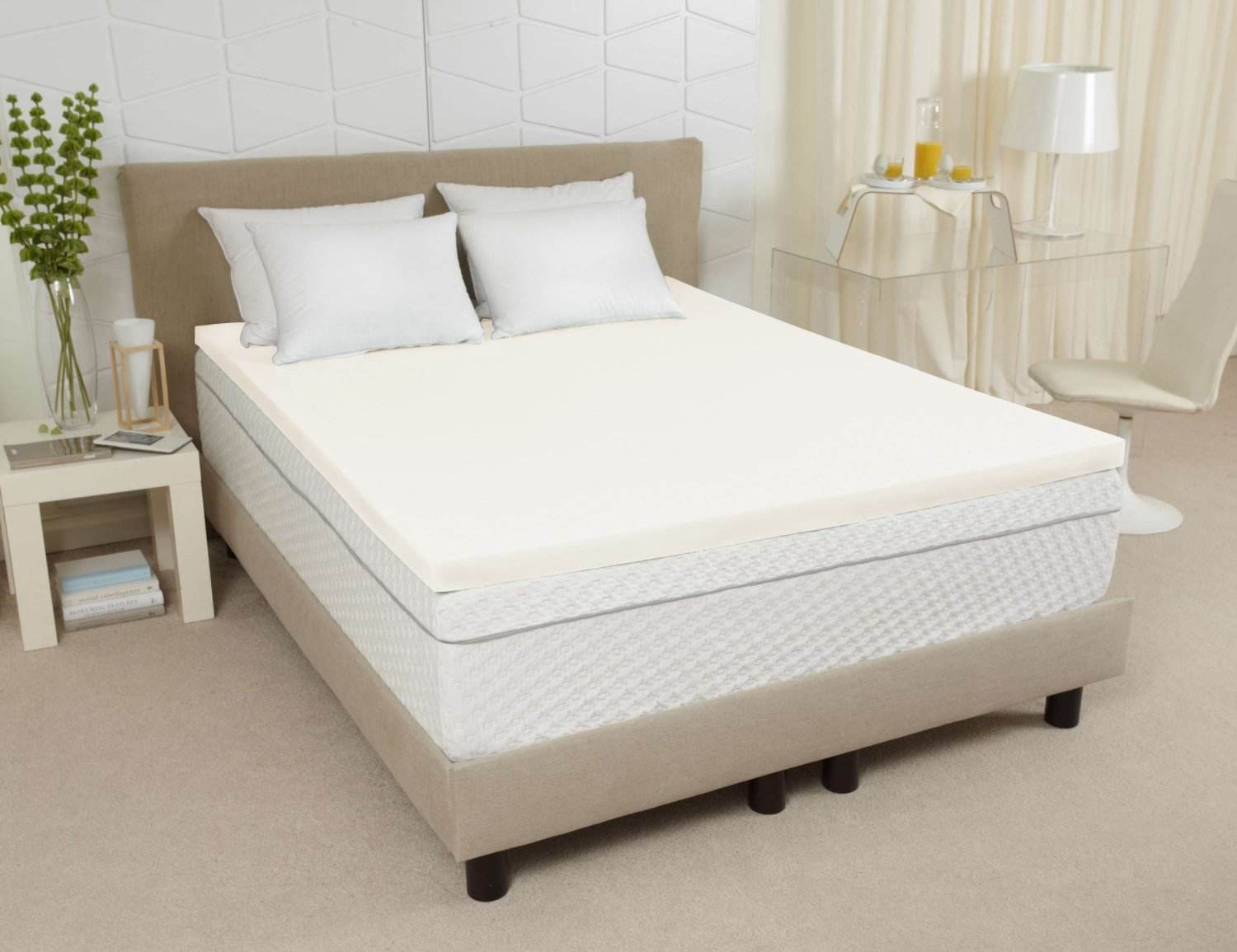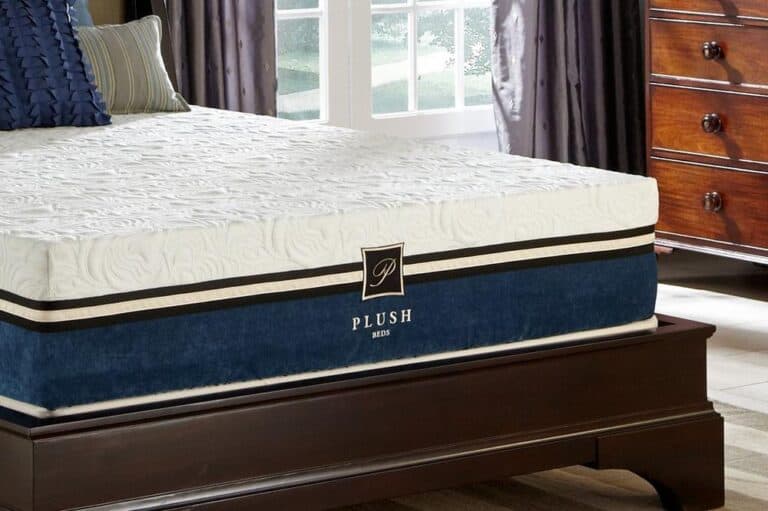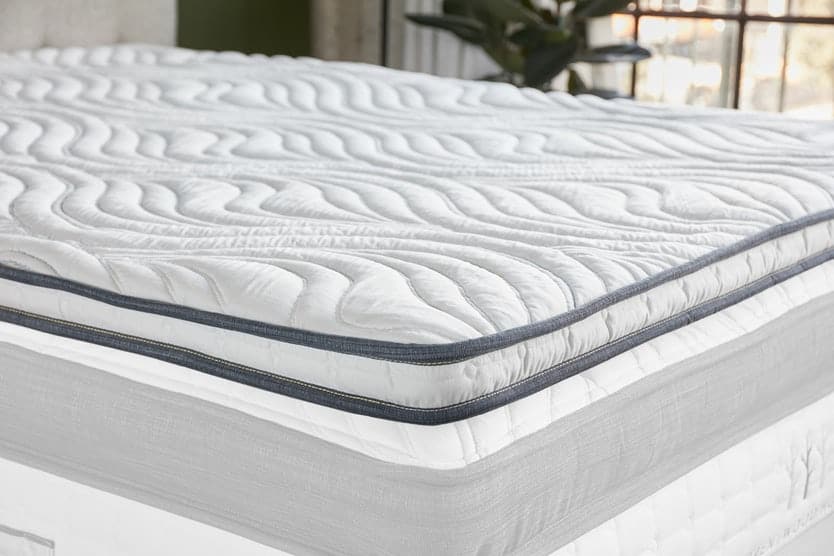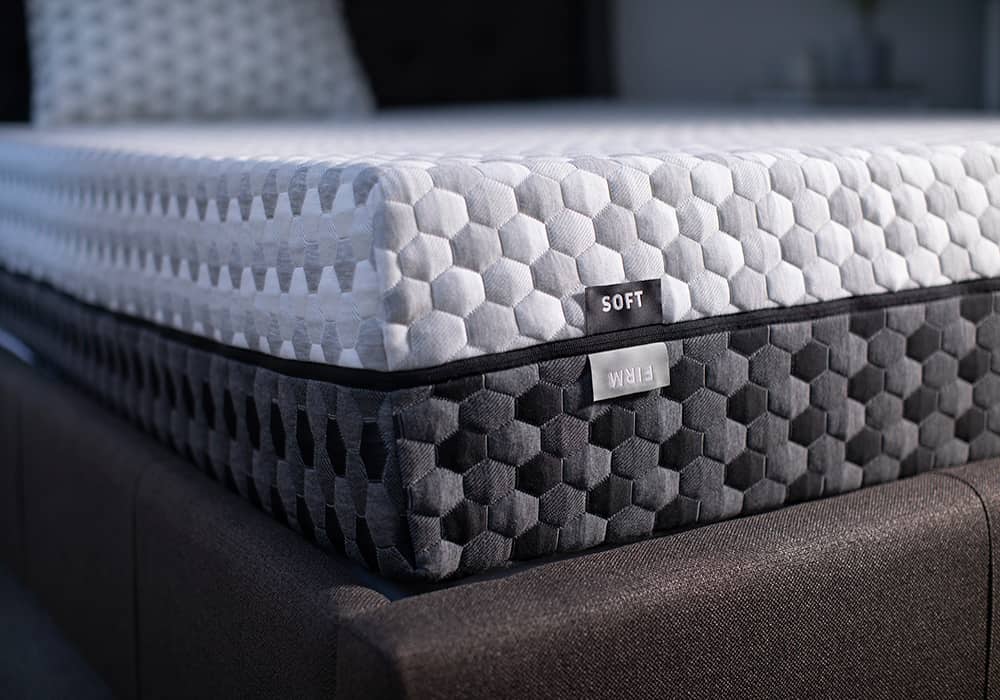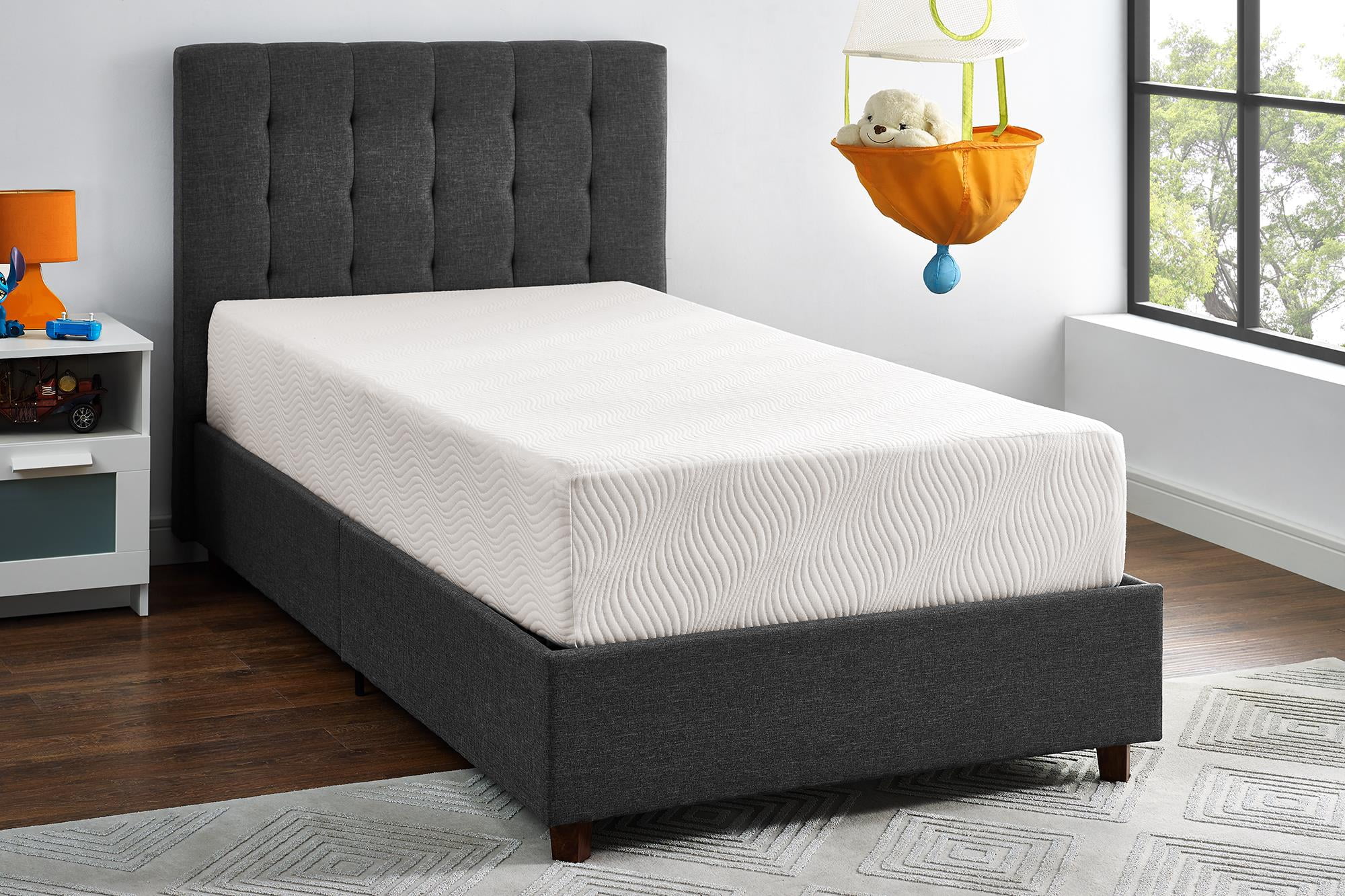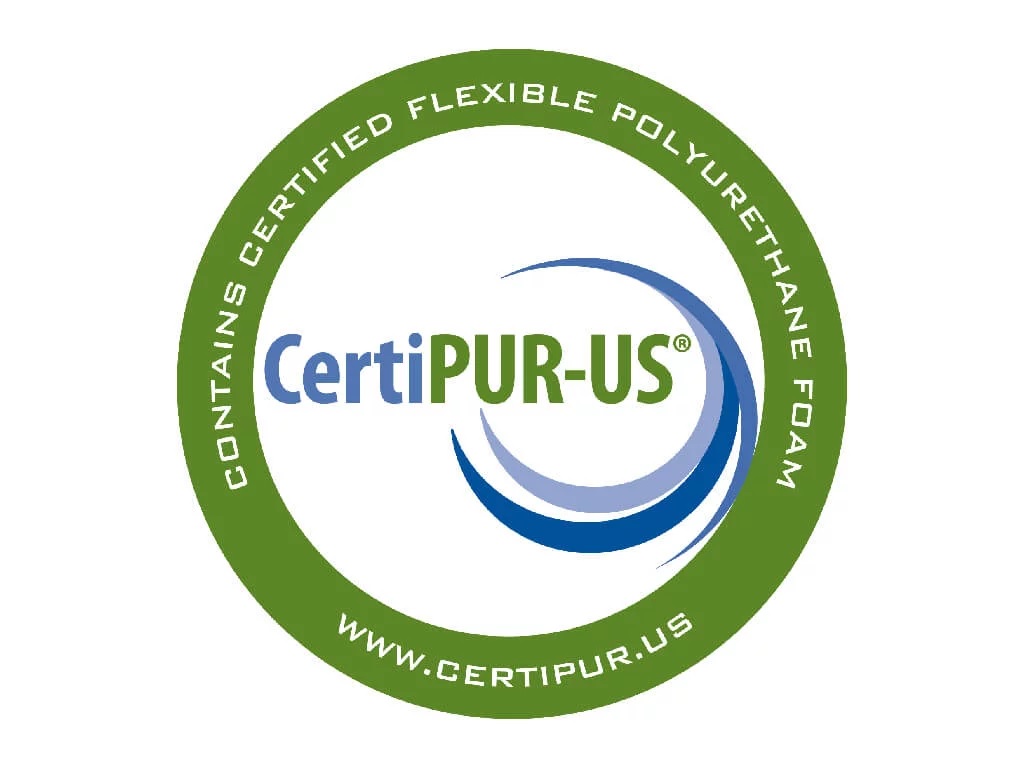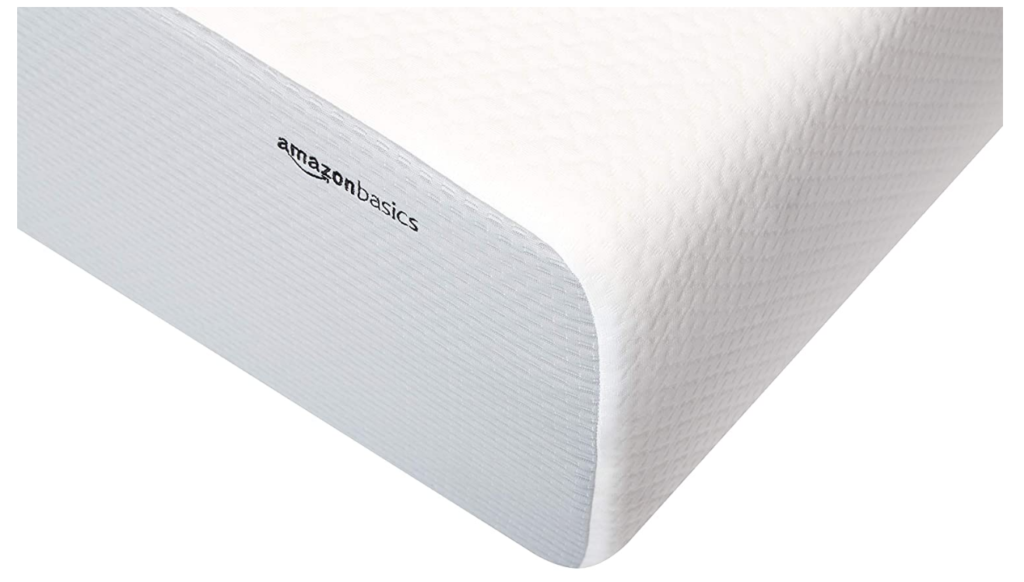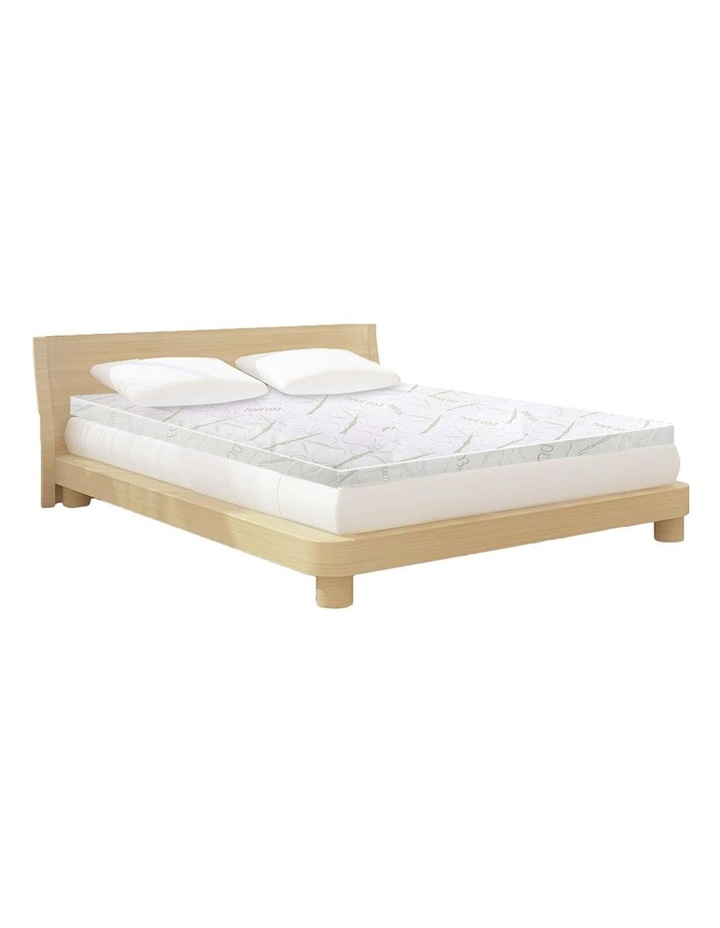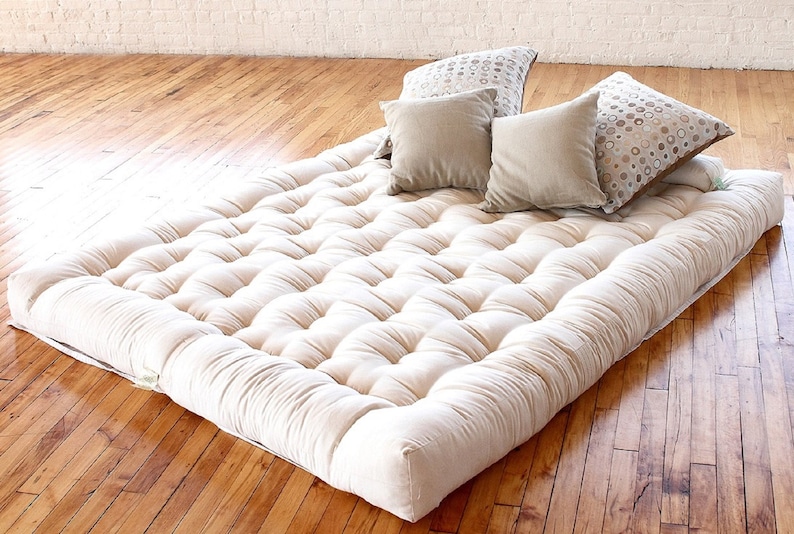Introduction
Gel memory foam mattress toppers have become a popular choice for those looking to improve the comfort and support of their existing mattress. These toppers are known for their ability to contour to the body and alleviate pressure points, providing a more restful sleep. However, many people are unaware of the potential dangers posed by the chemicals used in these products. In this article, we will explore the top 10 chemicals commonly found in gel memory foam mattress toppers and their potential impact on our health and the environment.
Gel Memory Foam Mattress Topper Chemicals
Gel memory foam mattress toppers are made with a combination of polyurethane foam and gel beads. While these materials provide the desired comfort and support, they also contain a variety of chemicals. Let’s take a closer look at the top 10 chemicals that could be lurking in your gel memory foam mattress topper.
Chemicals in Gel Memory Foam Mattress Toppers
1. Toluene diisocyanate (TDI) – This chemical is used in the production of polyurethane foam and has been linked to respiratory issues and skin irritation.
2. Methylene diphenyl diisocyanate (MDI) – Similar to TDI, MDI is also used in the production of polyurethane foam and has been linked to respiratory issues, skin irritation, and even asthma.
3. Formaldehyde – This chemical is commonly used in adhesives and has been classified as a known human carcinogen by the International Agency for Research on Cancer (IARC).
4. Flame Retardants – Gel memory foam mattress toppers may also contain flame retardants, such as polybrominated diphenyl ethers (PBDEs), which have been linked to adverse health effects such as thyroid disruption and developmental delays.
5. Chlorofluorocarbons (CFCs) – CFCs are used as blowing agents to create the foam in gel memory foam mattress toppers. These chemicals have been linked to ozone depletion and are being phased out due to environmental concerns.
6. Tetrachloroethylene (PERC) – This chemical is used in the production of foam and has been classified as a possible carcinogen by the Environmental Protection Agency (EPA).
7. Phthalates – Phthalates are commonly used as plasticizers in polyurethane foam and have been linked to reproductive and developmental issues.
8. Antimony – Antimony is used as a flame retardant in some gel memory foam mattress toppers and has been linked to respiratory irritation and potential reproductive and developmental effects.
9. Methyloxirane (Propylene Oxide) – This chemical is used in the production of polyurethane foam and has been classified as a possible carcinogen by the EPA.
10. Acetone – Acetone is used in the production of polyurethane foam and has been linked to respiratory irritation and potential developmental effects.
Toxic Chemicals in Gel Memory Foam Mattress Toppers
Unfortunately, the above-mentioned chemicals are just a few of the potentially toxic substances that could be present in your gel memory foam mattress topper. These chemicals have been linked to a variety of health issues, from skin irritation to potential carcinogenic effects. With extended exposure, these chemicals can off-gas and release harmful fumes into the air we breathe, contributing to indoor air pollution.
Gel Memory Foam Mattress Topper Safety
With so many concerning chemicals present in gel memory foam mattress toppers, it’s important to consider the safety of these products. While the levels of these chemicals may be low, prolonged exposure can still pose a risk. That’s why it’s important to take steps to minimize your exposure to these chemicals.
Harmful Chemicals in Gel Memory Foam
When shopping for a gel memory foam mattress topper, it’s important to be aware of what chemicals may be used in its production. Look for products that are made with eco-friendly and non-toxic materials. This will help to minimize your exposure to potentially harmful chemicals and provide a safer sleeping environment.
Gel Memory Foam Mattress Topper Off-Gassing
Off-gassing is the release of chemicals from a product over time. As mentioned earlier, gel memory foam mattress toppers can off-gas and release harmful fumes into the air. This can contribute to indoor air pollution and potentially impact our health. To reduce off-gassing, choose a gel memory foam mattress topper that is made with non-toxic materials and has been properly aired out before use.
Eco-Friendly Gel Memory Foam Mattress Toppers
If you’re concerned about the chemicals used in gel memory foam mattress toppers, consider opting for an eco-friendly option. These products are made with natural and organic materials, such as natural latex or plant-based foams, and are free from harmful chemicals. Not only are they better for your health, but they are also better for the environment.
Non-Toxic Gel Memory Foam Mattress Toppers
Another option for a safer sleeping environment is to choose a non-toxic gel memory foam mattress topper. These products are made without the use of harmful chemicals and are certified by third-party organizations, such as CertiPUR-US, to ensure their safety and quality.
CertiPUR-US Certified Gel Memory Foam Mattress Toppers
CertiPUR-US is an independent certification program that tests and verifies the materials used in mattresses and mattress toppers. Products that are CertiPUR-US certified are made without harmful chemicals and have low emissions of volatile organic compounds (VOCs). Look for this certification when shopping for a gel memory foam mattress topper to ensure you are getting a safe and high-quality product.
Understanding Gel Memory Foam Mattress Topper Chemicals

The Rise of Gel Memory Foam Mattress Toppers
 In recent years, gel memory foam mattress toppers have become increasingly popular in the bedding industry. These toppers provide an extra layer of comfort and support to your mattress, making it feel like you're sleeping on a cloud. But have you ever wondered what makes these toppers so comfortable? The answer lies in their unique combination of materials, including
gel memory foam
and various chemicals.
In recent years, gel memory foam mattress toppers have become increasingly popular in the bedding industry. These toppers provide an extra layer of comfort and support to your mattress, making it feel like you're sleeping on a cloud. But have you ever wondered what makes these toppers so comfortable? The answer lies in their unique combination of materials, including
gel memory foam
and various chemicals.
The Science behind Gel Memory Foam
 Gel memory foam is a type of foam that is infused with tiny gel beads or particles. These gel particles provide additional support and pressure relief, as well as help to regulate body temperature. When you lie down on a gel memory foam mattress topper, the foam contours to your body, distributing your weight evenly and reducing pressure points. This results in a more comfortable and restful sleep experience.
Gel memory foam is a type of foam that is infused with tiny gel beads or particles. These gel particles provide additional support and pressure relief, as well as help to regulate body temperature. When you lie down on a gel memory foam mattress topper, the foam contours to your body, distributing your weight evenly and reducing pressure points. This results in a more comfortable and restful sleep experience.
The Chemicals in Gel Memory Foam Mattress Toppers
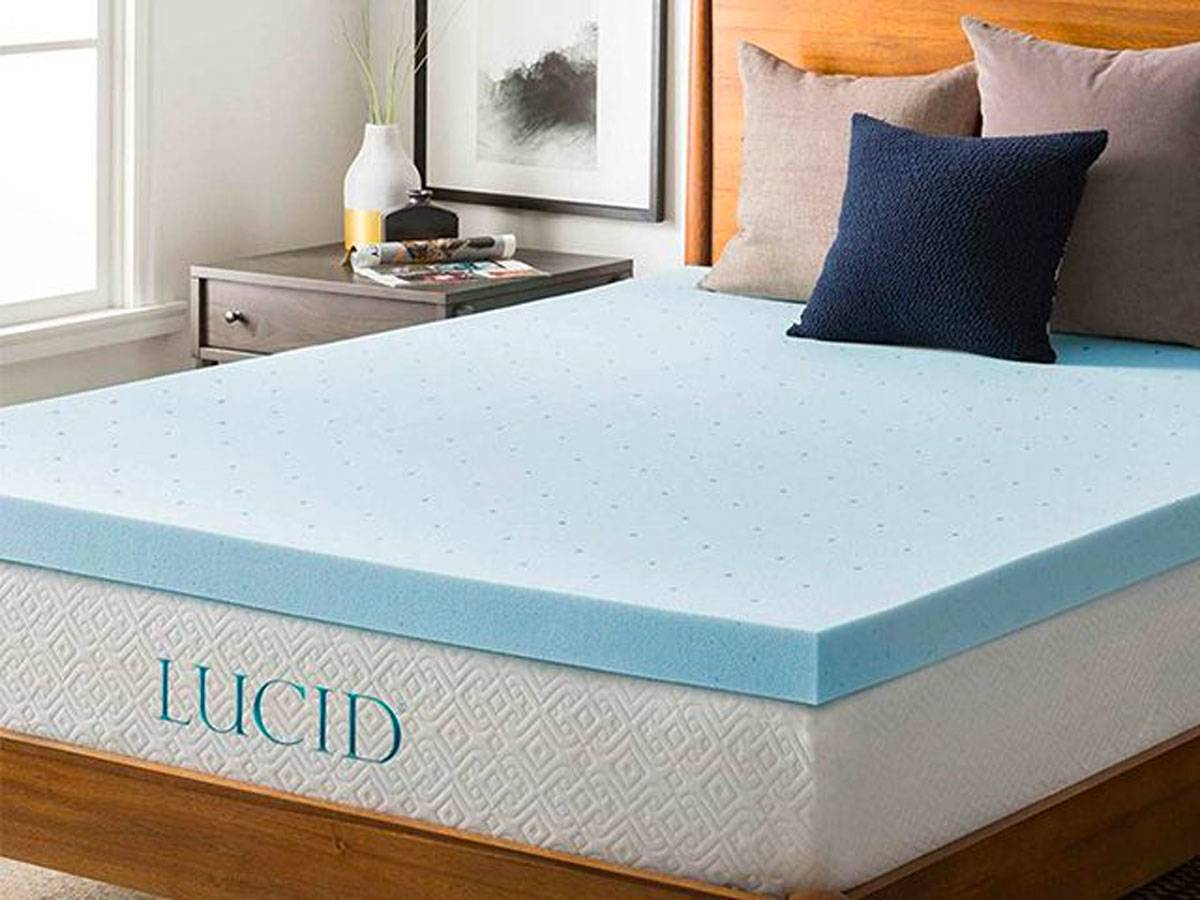 In addition to gel particles, gel memory foam mattress toppers also contain a variety of chemicals that help enhance their properties. One of the most common chemicals used is
polyurethane
, which is a type of polymer that is known for its ability to provide cushioning and support. Other chemicals used in gel memory foam include
viscoelastic
and
polyol
, which help to improve the foam's responsiveness and durability.
In addition to gel particles, gel memory foam mattress toppers also contain a variety of chemicals that help enhance their properties. One of the most common chemicals used is
polyurethane
, which is a type of polymer that is known for its ability to provide cushioning and support. Other chemicals used in gel memory foam include
viscoelastic
and
polyol
, which help to improve the foam's responsiveness and durability.
Potential Concerns with Gel Memory Foam Mattress Toppers
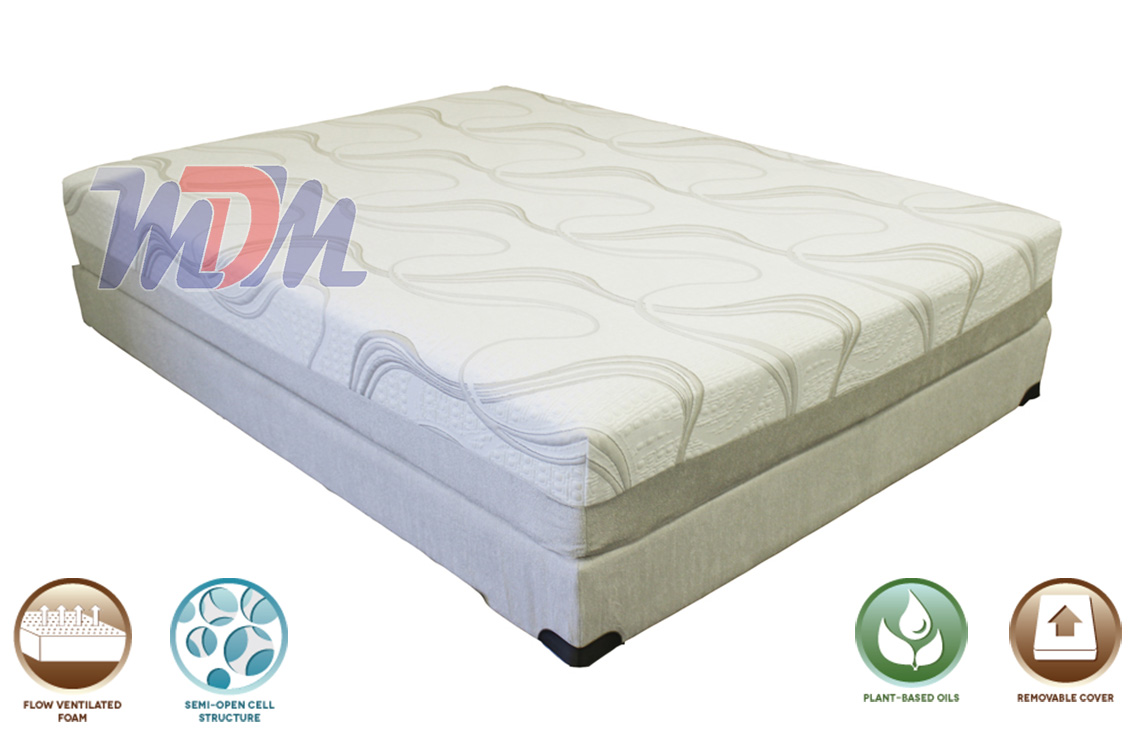 While gel memory foam mattress toppers are generally considered safe, there have been some concerns raised about the chemicals used in their production. Some of these chemicals, such as
isocyanates
, have been linked to respiratory issues and skin irritation. To address these concerns, many manufacturers now use
certified organic
and
eco-friendly
materials in their gel memory foam toppers.
While gel memory foam mattress toppers are generally considered safe, there have been some concerns raised about the chemicals used in their production. Some of these chemicals, such as
isocyanates
, have been linked to respiratory issues and skin irritation. To address these concerns, many manufacturers now use
certified organic
and
eco-friendly
materials in their gel memory foam toppers.
Conclusion
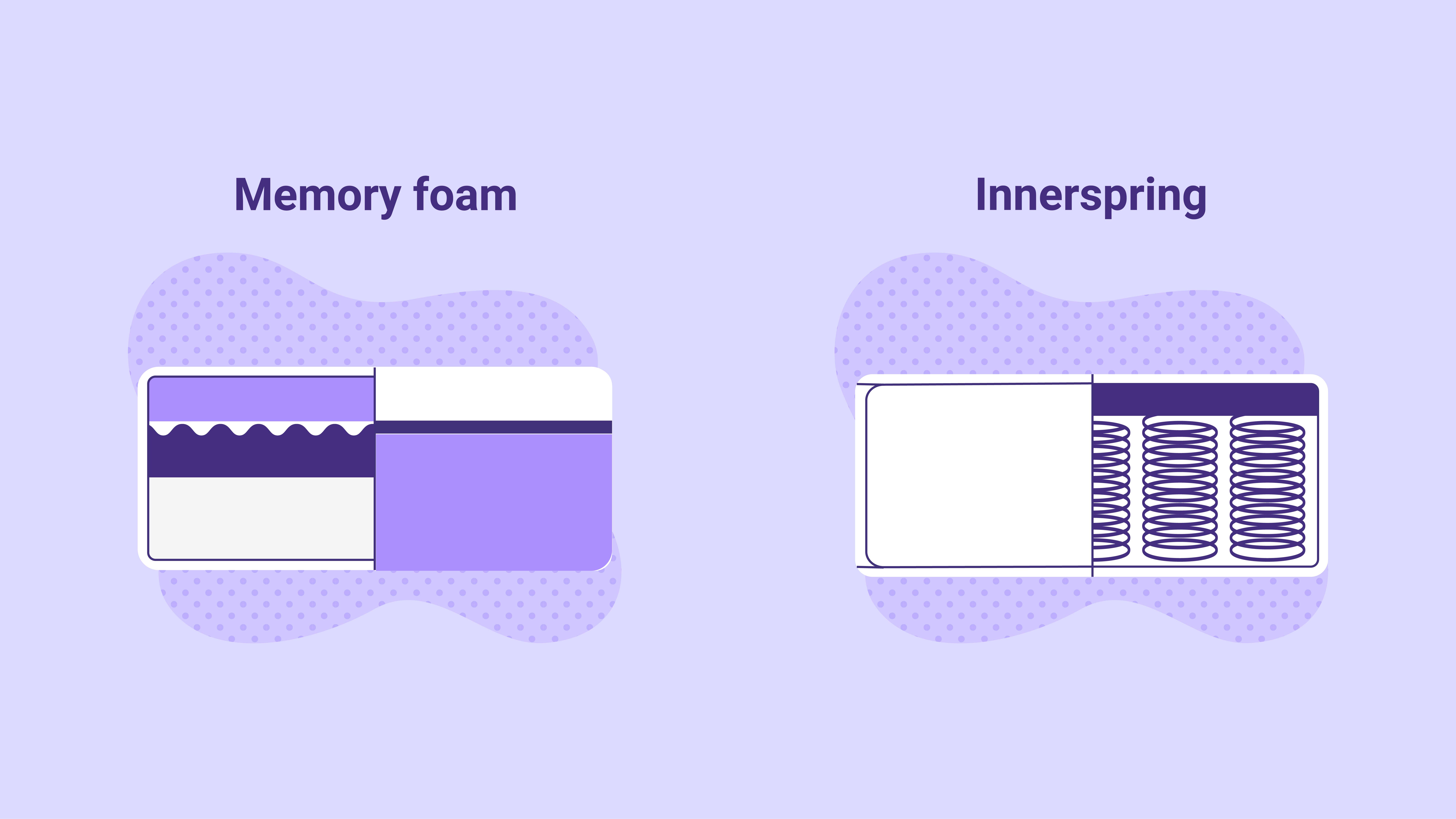 In conclusion, gel memory foam mattress toppers are a popular and comfortable option for those looking to improve the comfort of their mattress. These toppers use a combination of gel particles and various chemicals to provide support, pressure relief, and temperature regulation. While there are some concerns with the chemicals used, many manufacturers are now using safer and more eco-friendly materials in their gel memory foam toppers. So, if you're in the market for a new mattress topper, consider giving gel memory foam a try and experience the ultimate in comfort and support.
In conclusion, gel memory foam mattress toppers are a popular and comfortable option for those looking to improve the comfort of their mattress. These toppers use a combination of gel particles and various chemicals to provide support, pressure relief, and temperature regulation. While there are some concerns with the chemicals used, many manufacturers are now using safer and more eco-friendly materials in their gel memory foam toppers. So, if you're in the market for a new mattress topper, consider giving gel memory foam a try and experience the ultimate in comfort and support.
